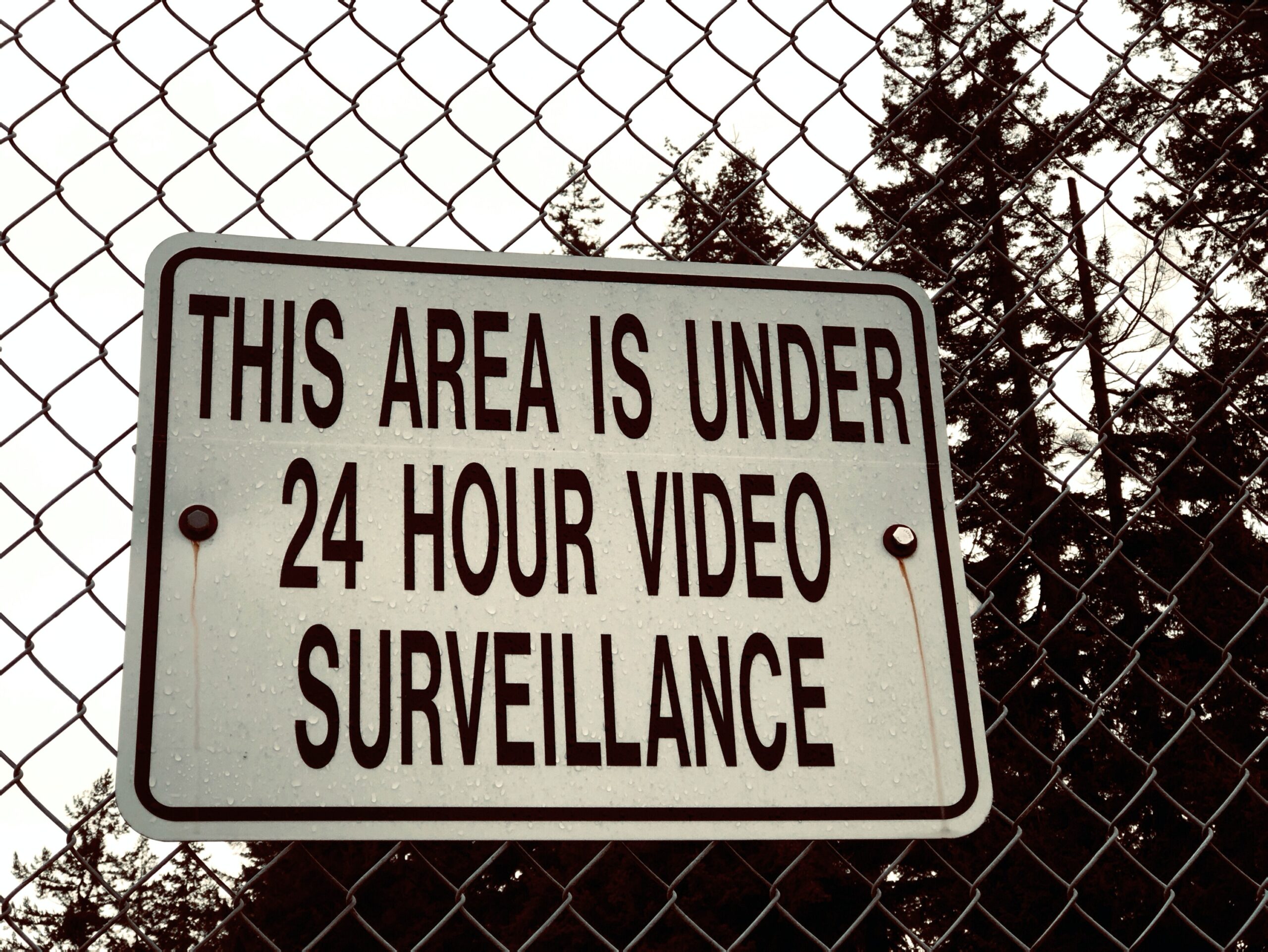
Earlier this month, the Federal Reserve (Fed) rather quietly released a letter that addresses what it is calling the “creation of novel activities.” Signed by Michael S. Gibson, the Board’s Director of the Division of Supervision and Regulation, the letter is titled, Creation of Novel Activities Supervision Program.
If you’re a fintech or a bank, the contents of the letter will likely apply to you. Here are 7 highlights of the newly created program.
Who is impacted
The letter applies to all banking organizations supervised by the Fed, including those with $10 billion or less in consolidated assets. Organizations will receive a written notice from the Fed if their activities will be subject to examination. Those who are still in the exploration phase will be “routinely monitored” for active engagement.
What is it for
The program will focus on activities related to crypto-assets, distributed ledger technology (DLT), and what the Fed is calling “complex, technology-driven partnerships with nonbanks” that deliver financial services to end customers.
The target
The letter explains that the Fed will “enhance supervision” over the following categories:
- Partnerships where a non-bank provides banking products and services to end customers via APIs that provide automated access to the bank’s infrastructure.
- Activities such as crypto-asset custody, crypto-collateralized lending, facilitating crypto-asset trading, and stablecoin issuance and distribution.
- The exploration or use of DLT for issuing tokens or tokenizing securities or other assets.
- Organizations that provide traditional banking services to crypto-related companies.
How will it supervise?
The program will leverage existing supervisory processes and will use the Fed’s existing supervisory teams instead of creating a new portfolio to monitor activity. The supervision will be risk-based, meaning that the intensity of the scrutiny will vary based on each firm’s engagement in novel activities mentioned above.
Why
The Fed is seeking to strengthen its existing oversight of banks’ third party fintech partnerships. In the letter, Gibson reasons that innovation can lead to rapid change in banks and in the financial system in general, and that it has the potential to generate risks that can impact banks’ safety and soundness. “Given the novelty of these activities,” he states, “they may create unique questions around their permissibility, may not be sufficiently addressed by existing supervisory approaches, and may raise concerns for the broader financial system.”
Future plans
The Fed explained that it will continue to “build upon and enhance” its technical expertise to stay abreast of fintech trends, the risk associated with the trends, and appropriate controls to manage risk. In addition to increased supervision, the letter explains that the program will help shape supervisory approaches and create guidance for banking organizations engaging in the use of these “novel” technologies.
So what?
The Fed is making it clear that the lack of regulation for fintechs and the Wild West environment of the crypto realm is a thing of the past. This means that fintechs– especially those engaged in crypto– will need to be ready to answer not only to banks, but also to the Federal Reserve. On the flip side, banks will need to be ready to ask a lot more questions before engaging with fintechs, formalize partnership processes, and document all that they can regarding potential risk.
Questions about the letter can be sent via the Federal Reserve’s website..
- SEO Powered Content & PR Distribution. Get Amplified Today.
- PlatoData.Network Vertical Generative Ai. Empower Yourself. Access Here.
- PlatoAiStream. Web3 Intelligence. Knowledge Amplified. Access Here.
- PlatoESG. Automotive / EVs, Carbon, CleanTech, Energy, Environment, Solar, Waste Management. Access Here.
- PlatoHealth. Biotech and Clinical Trials Intelligence. Access Here.
- ChartPrime. Elevate your Trading Game with ChartPrime. Access Here.
- BlockOffsets. Modernizing Environmental Offset Ownership. Access Here.
- Source: https://finovate.com/7-things-to-know-about-the-u-s-federal-reserves-novel-activities-supervision-program/



